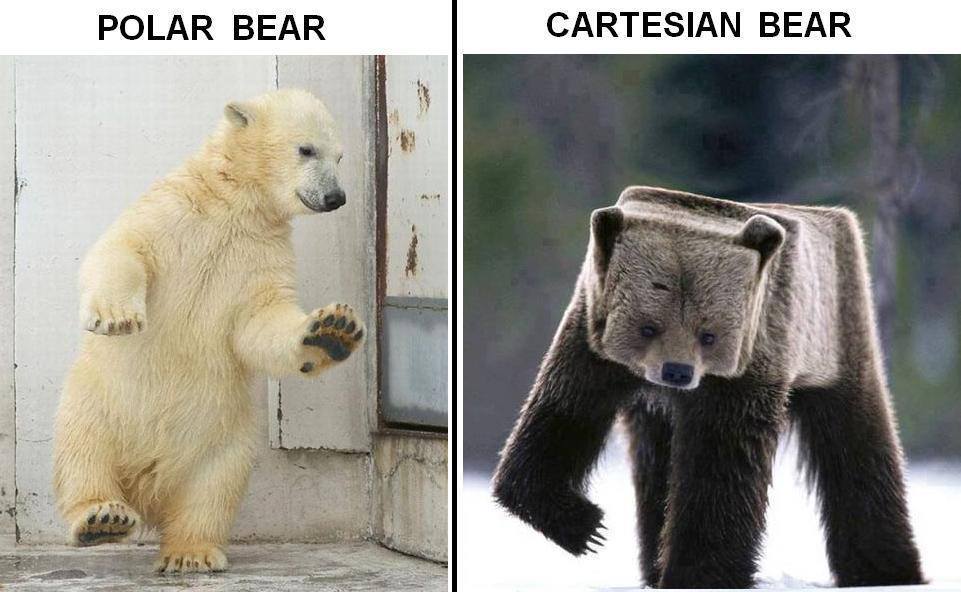


9:00 AM Jamboard Links
| G1 | G2 | G3 | G4 | G5 | G6 | G7 |
|
|
|
|
|
|
|
12:45 PM Jamboard Links
| G1 | G2 | G3 | G4 | G5 | G6 |
|
|
|
|
|
|
Presenters
9AM
Thanks for sharing things in Perusall. Here are the presenters for today.
- 3.17 - Jeremy
- 3.20 - Skip?
- 3.21 - Tanner
- 3.22 - Next Time
- 3.23 - Marissa
- 3.24 - Ethan
12:45PM
Thanks for sharing things in Perusall. Here are the presenters for today.
- 3.17 - Christian
- 3.19 - Hamilton
- 3.20 - Skip?
- 3.21 - Cheyenne
- 3.22 - Oscar - Attach correct upload in Perusall if you get a chance.
- 3.22 - Alan
Learning Reminders
- We are in the 13th week of the semester. If you are on track for an A, then ideally you're finishing your SDL project for the 5th unit, and proposed something for the 6th unit.
- There are only 2 weeks left, which means you can submit at most 2 more SDL projects.
- The final SDL project (6th) can be over any topic from the entire semester. You can use it to expand what we do in the 6th unit, or you may choose to revisit something from a prior unit that you would like to spend more time with.

Rapid Recall
Draw a bear in polar coordinates, and then Cartesian coordinates.
- Draw a bear in polar coordinates, and then Cartesian coordinates.....
- Find the area of a parallelogram whose edges are the vectors $(-1,3)$ and $(4,2)$.
Solution
Remember the formula $A=|ad-bc|$. Here we have $(a,b) = (-1,3)$ and $(c,d)=(4,2)$, so we get $$A = |(-1)(2)-(3)(4)|=14.$$
- Let $v=u^3$. Also let $x=2u+v$ and $y=u-2v$. Compute $dx$ and $dy$ in terms of $u$ and $du$.
Solution
We have $dv = 3u^2du$. This gives $dx=2du+dv = 2du+3u^2du$ and $dy=du-2(3u^2du)$.
This of course also means that $\frac{dx}{du} = 2+3u^2$ and $\frac{dy}{du} = 1-6u^2$, which in turn means the arc length of the curve in the $xy$-plane for $u\in[a,b] $ is $$\int_a^b\sqrt{(2+3u^2)^2+(1-6u^2)^2}du.$$
- Continuing from above, give a vector equation of the tangent line to the curve $v=u^3$ in the $xy$-plane at $u=2$.
Solution
Note that $u=2$ means $v=8$, so we have $x=2u+v=12$ and $y=u-2v=-14$. We also have $\frac{dx}{du} = 2+3u^2 =14$ and $\frac{dy}{du}=1-6u^2 = -23$. The line passes through $(12,-14)$ and is parallel to $(14,-23)$. The requested equation is $$(x,y) = (14,-23)t+(12,-14).$$
- Draw the region in the plane that satisfies $-1\leq x\leq 2$ and $x\leq y\leq 4-x$.
Solution
We need to be between the vertical lines $x=-1$ and $x=2$. We need to be above the line $y=x$, and below the line $y=4-x$. The region is a triangle with corners at $(-1,-1)$, $(-1,5)$, and $(2,2)$. The height is 6, the width is 3, so the area of this region is 9.
- Compute the double integral $\ds \int_{-1}^{2}\left(\int_{x}^{4-x}dy\right)dx$.
Solution
We get $$\ds \begin{align} \int_{-1}^{2}\left(\int_{x}^{4-x}dy\right)dx &=\int_{-1}^{2}\left(\int_{x}^{4-x}(1)dy\right)dx\\ &=\int_{-1}^{2}\left(y\bigg|_{y=x}^{y=4-x}\right)dx\\ &=\int_{-1}^{2}[(4-x)-x]dx\\ &=\int_{-1}^{2}(4-2x)dx\\ &=4x-x^2\bigg|_{-1}^{2}\\ &=(8-4)-(4(-1)-(-1)^2) \\ &= 9 . \end{align}$$
Group problems
- Find the area of a triangle with vertices $(1,0)$, $(0,2)$, and $(5,5)$. (Hint: how does a parallelogram relate to a triangle?)
- Consider the curve $v=u^2$ and use the change-of-coordinates $x=2u+v$, $y=u-2v$.
- Since $x=2u+v = 2u+u^2$, we have $\frac{dx}{du} = 2+2u$. Find $\frac{dy}{du}$.
- Give a vector equation of the tangent line to the curve in the $xy$-plane at $u=-2$. [Check: $(x,y) = (-2,9)t+(0,-10)$.]
- Draw the region in the $xy$-plane described by $-2\leq x\leq 1$ and $x\leq y\leq 2-x^2$.
- Compute the integral $\ds\int_{x}^{2-x^2}dy$ (assume $x$ is a constant).
- Compute the double integral $\ds \int_{-2}^{1}\left(\int_{x}^{2-x^2}dy\right)dx$.
- Draw the region in the $xy$ plane described by $\pi/2\leq \theta \leq \pi$ and $0\leq r\leq 5$.
- Compute the integral $\ds\int_{0}^{5}rdr$.
- Compute the double integral $\ds \int_{\pi/2}^{\pi}\left(\int_{0}^{5}rdr\right)d\theta$.
- Draw the region in the plane described by $-3\leq y\leq 2$ and $y\leq x\leq 6-y^2$.
- Compute the integral $\ds\int_{y}^{6-y^2}dx$ (assume $y$ is a constant).
- Compute the double integral $\ds \int_{-3}^{2}\left(\int_{y}^{6-y^2}dx\right)dy$.
- Draw the region in the $xy$ plane described by $0\leq \theta \leq \pi$ and $2\leq r\leq 5$.
- Compute the double integral $\ds \int_{0}^{\pi}\left(\int_{2}^{5}rdr\right)d\theta$.
- Draw the region in the $xy$ plane described by $0\leq \theta \leq \pi/3$ and $0\leq r\leq 2\sin3\theta$.
- Compute the double integral $\ds \int_{0}^{\pi/3}\left(\int_{0}^{2\sin 3\theta}rdr\right)d\theta$.
- Set up a double integral that gives the area of the region in the $xy$ plane that lies inside the cardiod $r=2+2\cos\theta$.
- Set up a double integral that gives the area of the region in the $xy$ plane that lies inside one petal of the rose $r=3\cos2\theta$.
|
Sun |
Mon |
Tue |
Wed |
Thu |
Fri |
Sat |

